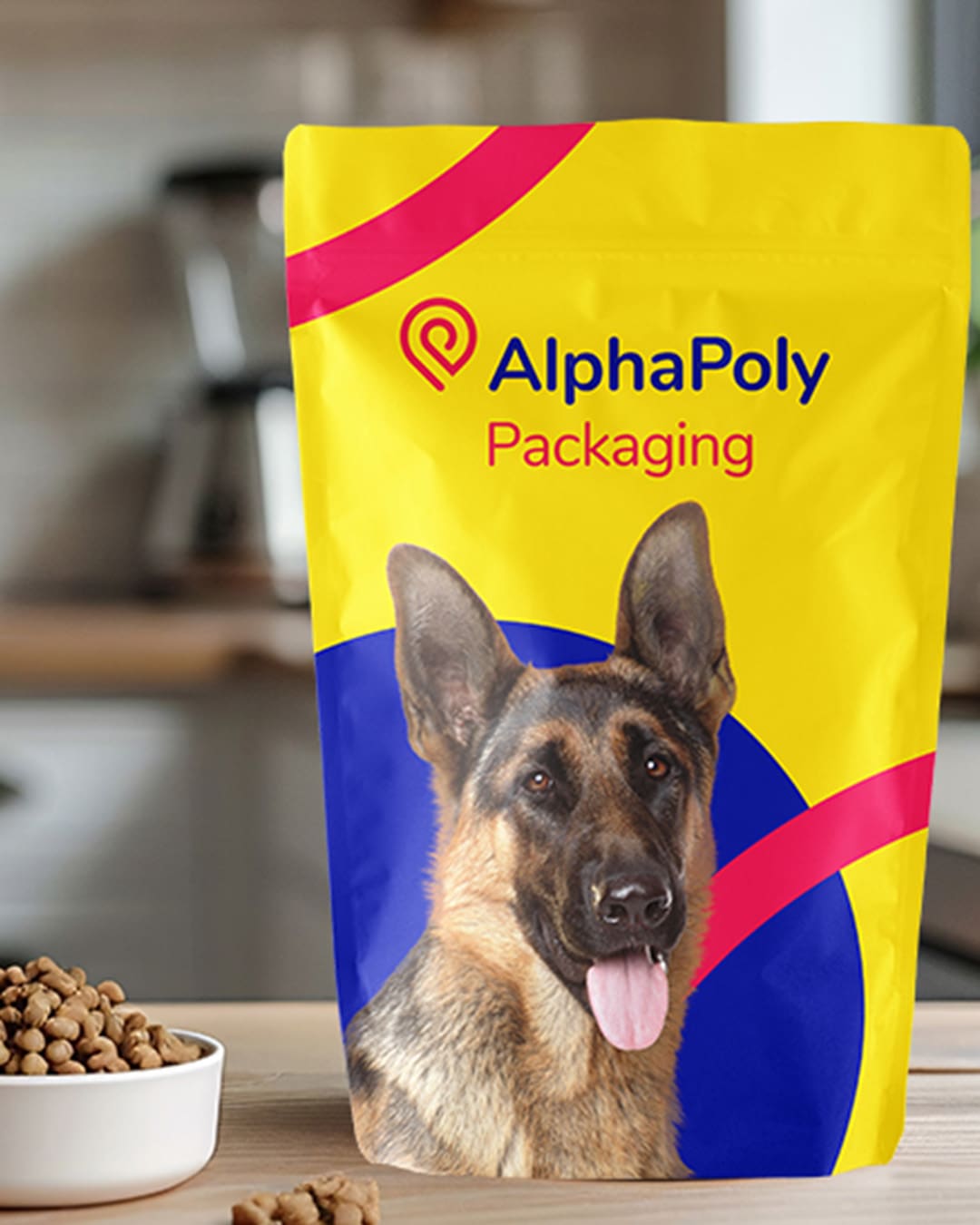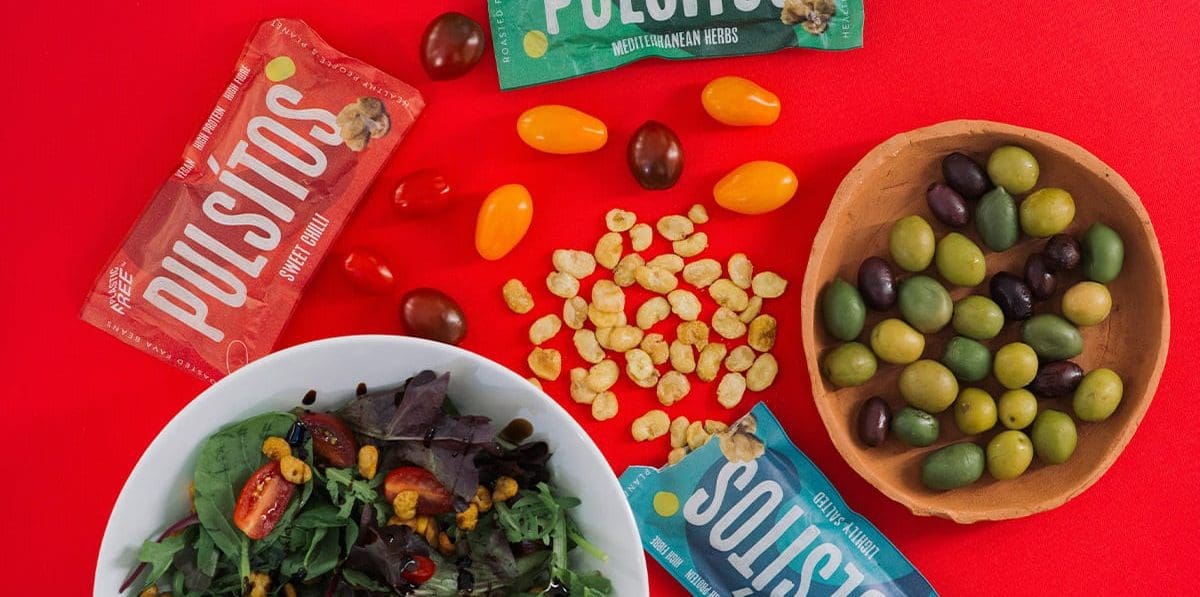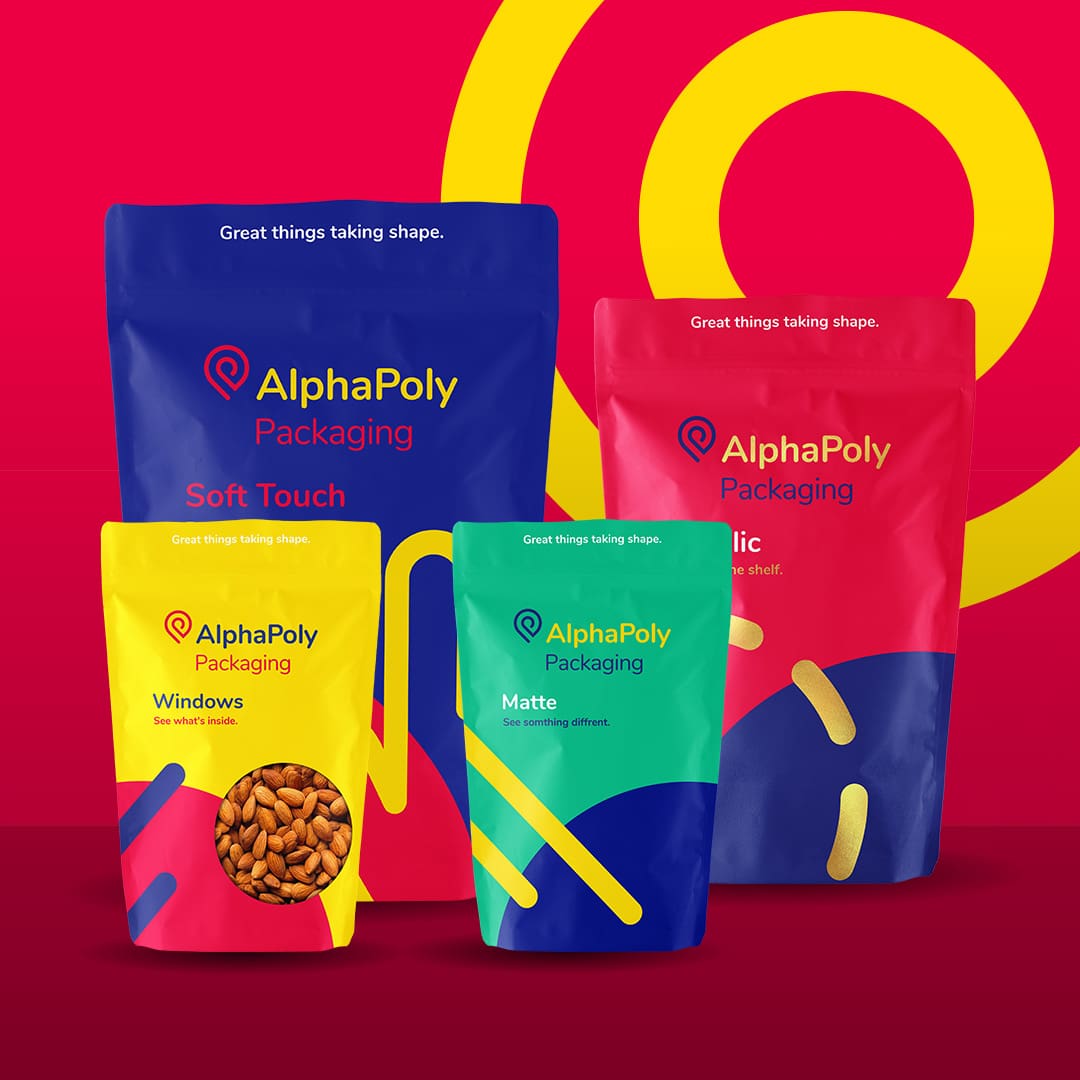Sustainable packaging as a concept has been thrown around for years as something to aspire to. And for many producers and retailers, all it could ever be was aspiration because it was cost prohibitive. Making the switch to sustainable packaging today is much more feasible. In this guide, we’ll review the steps required to make the change, and why now’s the time to do it.
Before changing your packaging strategy, make sure you have:
A benchmarking plan to measure the success of your switch to sustainable packaging
You won’t be able to change in every area. This is a give-and-take proposition and it can be difficult to reconcile if you feel strongly about everything. A common choice faced by companies thinking about shifting to a sustainable packaging strategy is recyclability versus carbon footprint and food waste — high-barrier packaging can extend shelf life and minimize waste along the supply chain, but the packaging itself may be less recyclable.
The right partnerships and vendors
A strong network of suppliers, disposal partners and corporate eco-educators can bring your vision of sustainable packaging to life in a meaningful way, get your internal teams on board and make the switch affordable for you. The wrong partnerships and vendors will cost you a ton of money and under-deliver on their promises.
A commitment and the finances to see it through
It’s more money. But it’s also more time. And it requires more of a commitment, which includes more employee education that costs you money and downtime. It’s okay if you can’t afford it now. Think about it (and about us) when you can.
A communications strategy to leverage the goodwill your commitment will create
If this seems like shameless promotion, it is. You should never be ashamed to do right by the planet, if for no reason other than inspiring others to do the same. The more people that get on board, the faster we’ll all start to see results. We’d recommend dedicating at least three social posts a week drawing attention to your sustainable packaging strategy. Rule of thumb is to feature the new packaging in every fifth sustainability-focused post — the other four can highlight other aspects of your effort or your attitude, link to relevant content from other sources or provide sustainability-related inspiration.
Buy-in across your organization
It only works if everyone’s on board.
If you’re doubting your decision to look into making a switch to sustainable packaging, read on.
It’s understandable. It seems like a big, expensive undertaking. And the history of sustainable packaging would validate that perception. But the problem was never that the unit cost of sustainable product packaging itself was too expensive. It was that true sustainable packaging is a process instead of a purchase. It involves committing to evaluation and improvement, which costs money and time. And as slotting fees went up at the store level and the online market started demanding free shipping (and basing their buying decisions on it), it was hard to prioritize a switch to a sustainable packaging strategy.
Now, the eyes of the world (quite literally because of social media) are on you and every other product manufacturer. The collective wants to see an across-the-board increase in the effort and the money being directed towards sustainability material trends. Some groups are taking it one step forward and demanding it. Product manufacturers that choose not to switch to a sustainable packaging strategy could be putting themselves in harm’s way.
Here’s what’s driving a massive adoption right now:
Customers expect sustainable packaging
People are speaking up. They’ve had it with overflowing blue bins of oversized packaging. They don’t want to open half-empty bags anymore. And they’re done feeling guilty for contributing to the 33 percent of food wasted every year because they’re often not being given the chance to do something different. So they want you to do something different.
Market research company GlobalWebIndex reports that for day-to-day purchases, 42 percent of US and UK consumers will actively seek out recyclable products and/or products that adhere to sustainability material trends. That’s higher than the percentage of people who look for natural or organic ingredients (35 percent) and of people who would choose premium brands (25 percent). The report also found that the number of online shoppers who would pay more for sustainable products has risen steadily since 2011, going from less than half to almost 60 percent.
What to do now: Find a packaging partner that offers sustainable packaging. You’ll generally have four options: recyclable packaging, compostable packaging, post-recycled packaging and renewable packaging (made from corn and sugarcane). And although you’ll never be 100 percent sustainable, every little bit counts.
Major brands are making the move to sustainable packaging
Nestlé is a good example. They made a commitment to converting all of their products to recyclable or reusable packaging by 2025. Now, companies in competition with Nestlé will have to at least match or even go further if they want to actually compete (see the 42 percent above).
And if you’re going to be dealing with Amazon directly, know that it too has taken a stance on sustainable packaging. While it hasn’t been as explicit in its KPIs as its bricks-and-mortar competitors, it’s clear from their statement that they won’t look favourably on you if you’re not investing in a sustainable packaging strategy.
What to do now: See what you can learn about your competitors’ approaches to sustainable packaging and find out from your packaging partner how much you’re doing that they’re not, or vice versa. Being the brand in your category with the most sustainable packaging or the one sustainable packaging feature none of your competitors have is a powerful unique selling proposition.
Major retailers are demanding sustainable packaging
Target and Walmart, two of the world’s largest retailers, each unveiled comprehensive guidelines to its vendors regarding sustainable product packaging. Target’s five-step directive aims to (among other things) eliminate expanded polystyrene and protect against deforestation by insisting on knowing the origin of any timber-related products used, while Walmart’s goal is to achieve 100 percent recyclable, reusable or industrially compostable packaging by 2025.
If you’re thinking “well, Walmart and Target can afford to do that” or “that’s just a PR thing,” you could very well be right on both kinds. But it’s also good business for them (and for you) because consumers are willing to pay more for goods and services from sustainable companies.
What to do now: Review the sustainable packaging policies of the retailers you’d want to be carrying your products and ask your current packaging partner if they can adhere to all the requirements. If they can’t, you should be looking for another partner immediately. More companies are going to make the switch to sustainable packaging because it’s what the people want.
Governments are requiring sustainable packaging
This isn’t just a Canadian thing or even a Western world thing. China, India and Thailand have all instituted forms of sustainable packaging strategy. And as emerging markets get on board, Western governments are doubling down, like the European Union’s May 2019 “New EU Directive for Single-Use Plastics,” written to specifically target non-sustainable packaging that winds up on beaches and in the water.
And it looks like governments are only going to tighten their sustainable packaging regulations as new methods and technologies are created because, as demonstrated above, it’s what the people want.
What to do now: Decide which countries you’d like to do business in, review their sustainable product packaging regulations, and confirm that your packaging partner can satisfy them all. Again, if they can’t you should immediately start sourcing another partner. Why limit your market size for something so easy to address?
Sustainable packaging could lower the cost of food
According to the Food and Agriculture Organizations of the United Nations, an estimated 33 percent of food is wasted every year, and up to 25 percent of residential food waste is due to packaging size or design. That translates into waste at the production and distribution levels as well, including the costs to grow, harvest, process, package, move and sell. This waste, of course, gets passed on to the end consumer.
That waste could be caused by a number of factors: too many servings, an inability to portion fresh foods for timely consumption, nothing in the product chemistry to extend shelf life, etc. Interestingly, packaging that extends shelf-life and enables complete consumption can divert 280,000 tonnes of food waste. That alone is worth almost a billion dollars in economic value that should (and very well could) get passed back to all consumers, including you.
What to do now: Look closely at your own waste count. See if it’s above or below the industry average. Either way, identify realistic ways to curb this waste and ask your packaging partner if (a) they share your desire to do what you can to lower food costs for everybody on earth and (b) what they can offer you to help you achieve your goals in this area.
Sustainable packaging is a good look and a great feeling
That little icon on your packaging tells the world you’re paying attention and doing your part. It goes a long way with a percentage of customers, and that percentage is growing.
But more than that, knowing yourself that you’re stepping up feels awesome, and it’s one more reason to be proud of your product and our brand.
A powerful final thought about sustainable packaging
Once you’re fully set up to start rolling out sustainable packaging (which includes having a quality and vetted vendor in place), statistically speaking, you’ll be set up for success.
A report from the Stern School of Business at New York University showed that sustainable products represent 16.6 percent of the packaged goods market but delivered more than 50 percent of the category’s market growth between 2013 and 2018 and grew 5.6 times faster than products not marketed as sustainable. That same report found that sustainability-marketed products outperformed their category and conventional counterparts in more than 90 percent of the 36 examined categories.
For this reason alone, a considered look at the possibility of switching to sustainable packaging is worth taking. Our website is a good place to start. You’ll see our four featured sustainable-packaging concepts, learn about the features and benefits of each, and decide what’s right for your business, your conscience and your customers.





